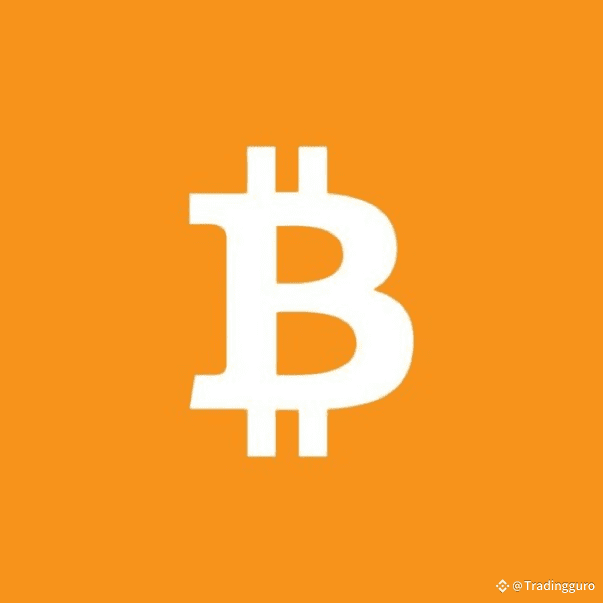August 1, 2017 — a day etched into Bitcoin’s history as its Independence Day. It marked the peaceful resolution of a heated internal conflict over how Bitcoin should scale. The activation of Segregated Witness (SegWit) through a User-Activated Soft Fork (UASF) put an end to the Block Size Wars and solidified the principle that Bitcoin’s future must be shaped by its users and node operators—not miners or corporations.
🧨 Flashback: The Block Size Wars (2015–2017)
Bitcoin was split between two factions:
Big-blockers: Miners and companies advocating for a hard fork to increase the 1MB block size limit (via Bitcoin XT, Bitcoin Classic, and SegWit2x).
Small-blockers: Core developers and node operators who supported gradual, decentralized scalability via soft forks and off-chain solutions like SegWit and the Lightning Network.
The final blow came in November 2017, when the controversial SegWit2x hard fork was cancelled. Instead, a breakaway chain—Bitcoin Cash (BCH)—forked off with 8MB blocks. The main Bitcoin chain kept SegWit, stayed decentralized, and moved forward without a hard fork.
📅 Looking Back from 2025: The Bitcoin Network Today
✅ Consensus Held, Block Size Intact
Bitcoin’s block size cap technically remains 1MB, but with SegWit’s “weight” rules, effective block sizes reach ~4MB.
As of July 31, 2025, average blocks are around 1.62MB, elevated by Lightning settlements, Taproot usage, and tokenized assets like Ordinals or RGB.
💸 Fee Markets Are Working
Fees are still set by market demand. The median fee in Q3 2025 is ~$0.97, a major drop from previous congestion highs.
Users rely on batching and Layer-2 to manage on-chain costs.
⚡ Lightning Network: Proof of Layered Scaling
LN capacity now exceeds 5,000 BTC (~$500M) with over 75,000 channels across 16,000 nodes—a 400% increase since 2020.
New applications like Taproot Assets and RGB tokens are pushing more activity off-chain.
🌍 Node Count & Decentralization Are Strong
Bitcoin remains decentralized with ~21,700 reachable nodes across 181 countries.
A lightweight node still only needs a 500GB disk, basic CPU, and average RAM, in line with the original small-block vision.
🔁 Scaling Debates Continue, But Principles Endure
Proposals like BIP-106, suggesting dynamic block sizes, remain under discussion—but conservative governance and user caution have kept them from activating.
The brief hype around Ordinals and BRC-20 tokens in 2023 reignited “big block” talk, but consensus still favors preserving a lean base layer and scaling outward.
🧠 What 8 Years Have Taught Us
Theme Then (2017) Now (2025)
Scaling SegWit soft fork; 1MB block size w/ weight up to 4MB Avg. block ~1.6MB; off-chain scaling mainstream
Node Cost Concerns over hardware centralization Still affordable for home users
Fees Spikes caused debate over base-layer use Balanced by LN, batching, and better tooling
Governance Community resisted miner-driven forks User consensus still dictates upgrades
Real Impact Shift toward “store of value” Bitcoin valued over $1.3T; reliable settlement layer with Layer-2 use
🔍 Why August 1 Still Matters
1. Segregation of Concerns
SegWit introduced weight-based scaling and fixed malleability—crucial for Lightning and Taproot.
2. Users Over Miners
The UASF proved that the Bitcoin network belongs to its users—not miners or corporations.
3. Layered Architecture Wins
Bitcoin didn’t scale by bloating its base, but by building outward—via Lightning, RGB, and similar protocols.
4. The Legacy of UASF Lives On
Soft forks like Taproot (2021) and future proposals continue in the spirit of user-activated changes.
🔮 What Lies Ahead?
Soft forks like BIP-106 and dynamic limit models remain in debate, but have not reached implementation.
Ethereum-style rollups may eventually anchor their data to Bitcoin for security.
Regulatory policies (on stablecoins or token issuance) could bring new pressures on how block space is used and monetized.
Despite these evolving conversations, one thing is clear: Bitcoin grows outward, not upward.
🎯 Final Reflection
August 1, 2025 is not just a look back—it’s a reminder of why Bitcoin works. It stays secure, decentralized, and antifragile not by changing its core, but by strengthening its layers.
Eight years ago, the community chose principle over profit. That decision continues to pay off today.
⚠️ Disclaimer: This article is for educational and historical purposes only. It is not financial advice.




